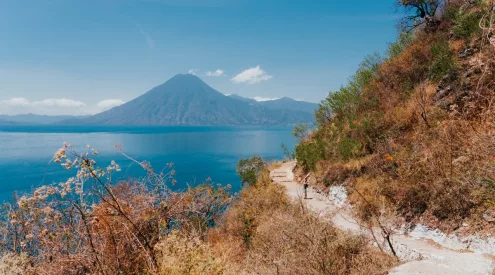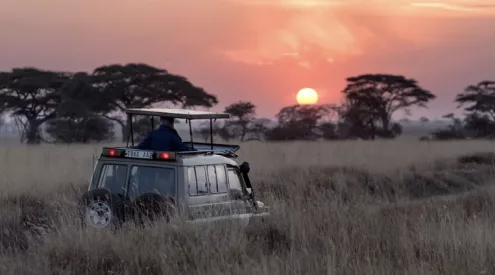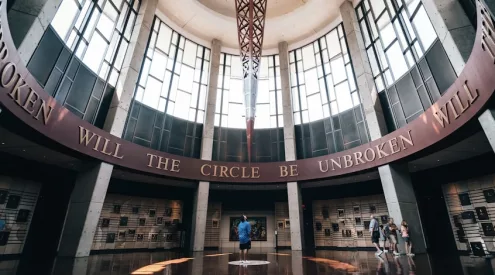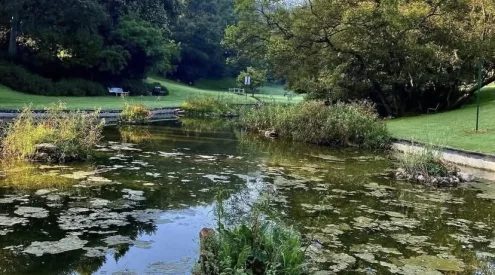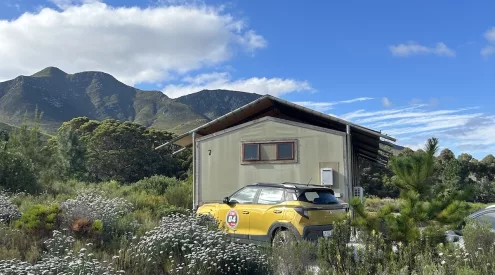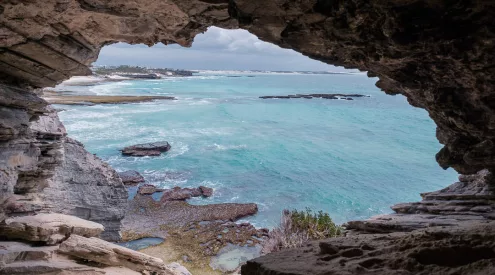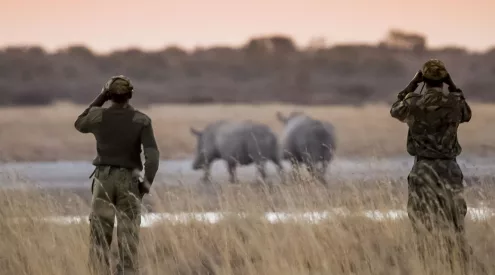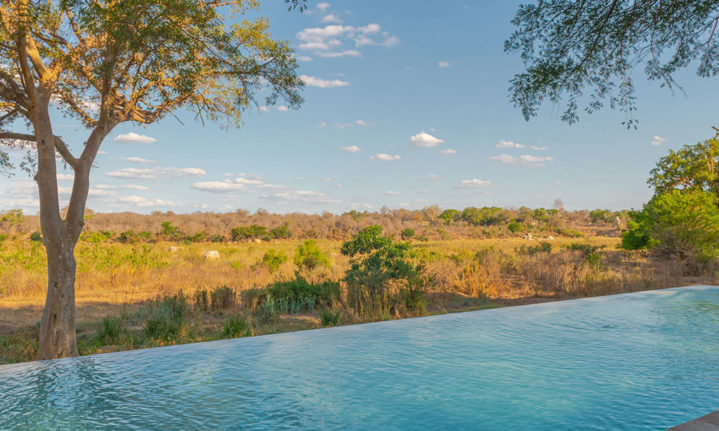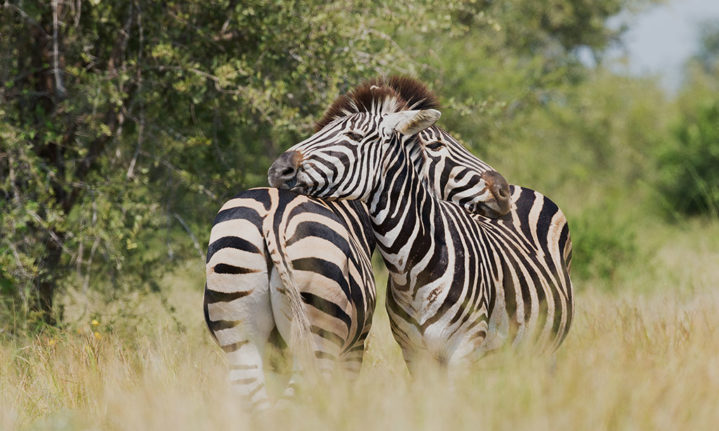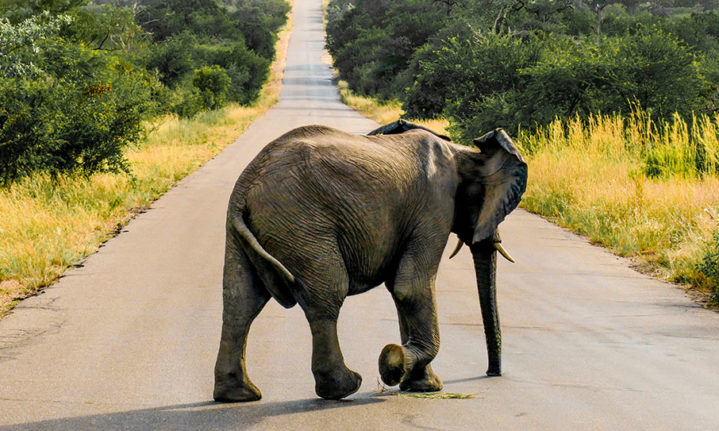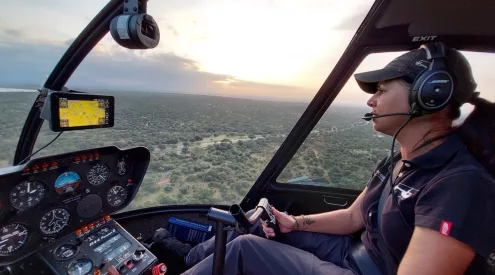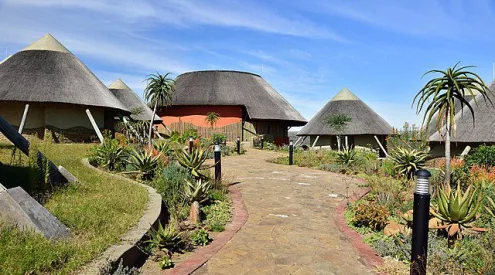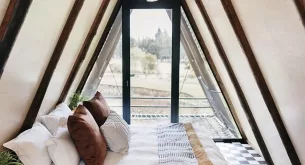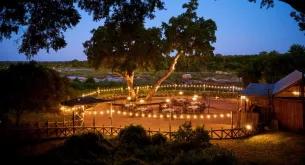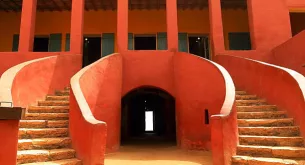Recharge to the soundtrack of the African bushveld in South Africa’s largest game reserve, the Kruger National Park. Here are five reasons to visit the Kruger for the first time or return to enjoy it again.
1. Family friendly
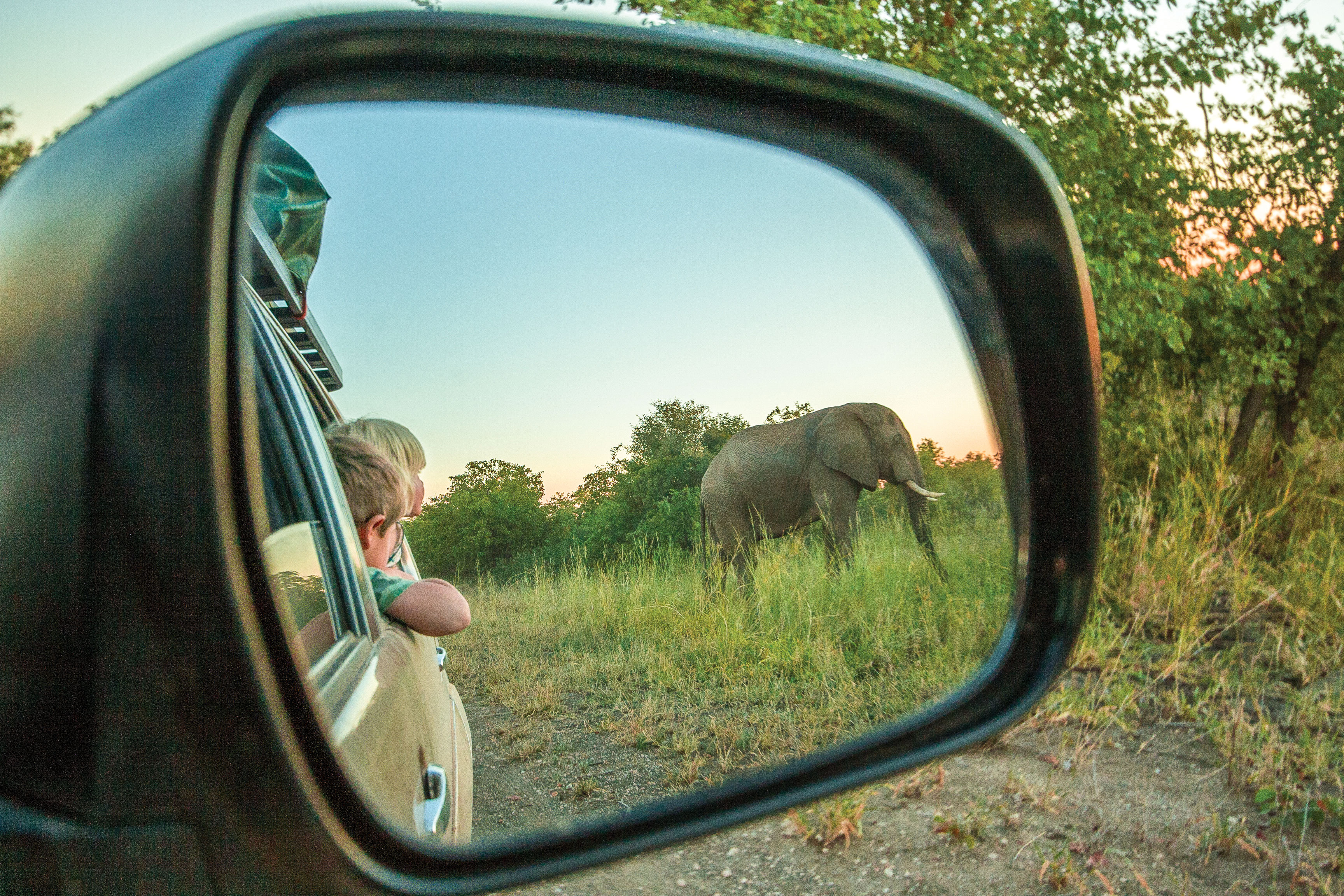
Kruger National Park. Image credit: Catherine Hofmeyr
The endless sightings of wildlife offer parents the perfect opportunity to teach little ones about respecting and caring for our country’s natural heritage. A family holiday to the Kruger is suitable for all ages, and there are a range of experiences on offer – from bush walks, to guided safari tours and night drives. Embrace quality time with your family during a game drive in your own vehicle and at your own pace, with stops at rest camps for refreshments or self-catered snacks.
The Kruger is a world-class holiday destination, conveniently located within driving distance of major cities, such as Nelspruit and Johannesburg. There are also airports located in Skukuza, Hoedspruit and Nelspruit, making air travel with kids a breeze.
Also read: A first-time visitors’ guide to Kruger National Park
2. A change of pace
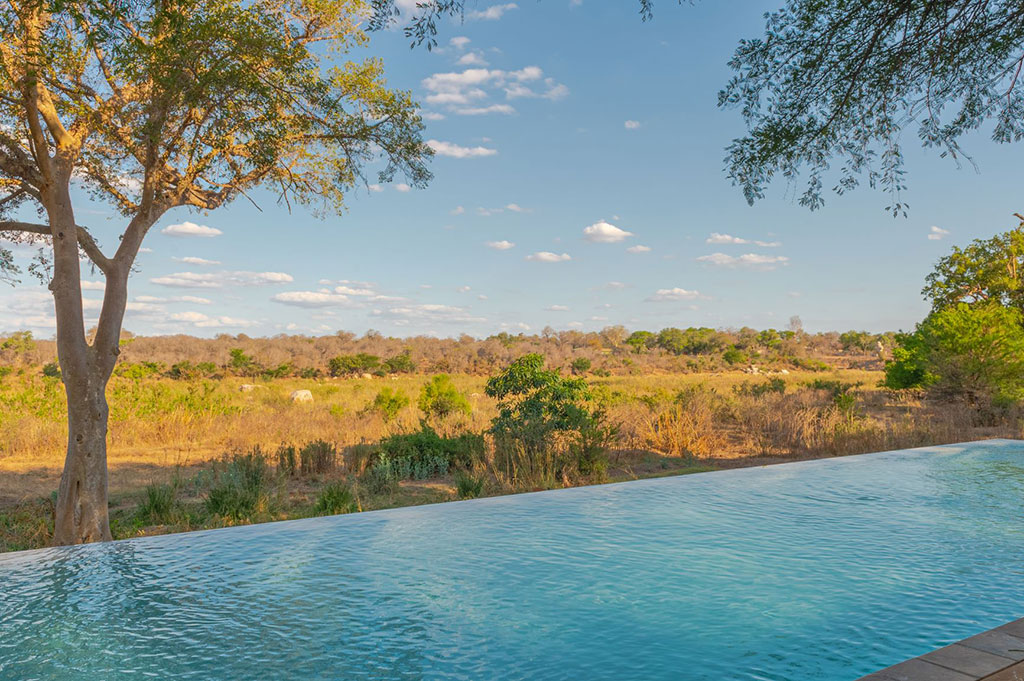
A day in the bush begins early and is full of small moments to savour, such as gently waking up to an orchestra of birdsong instead of your alarm, or watching elephants take a long, cool drink at a watering hole.
A safari holiday in the Kruger is the perfect place to forget your 9 to 5 schedule and reset your clock to Africa’s natural rhythm. Whether it’s savouring a cup of coffee while watching a sunrise over the African bush on an early game drive or settling down after an adventurous day with a sundowner drink at the infinity pool of the newly redesigned Protea Hotel by Marriott Kruger Gate, (which overlooks the Park and allows you an up-close view of the wildlife), there is no better place to unwind.
3. All creatures great and small
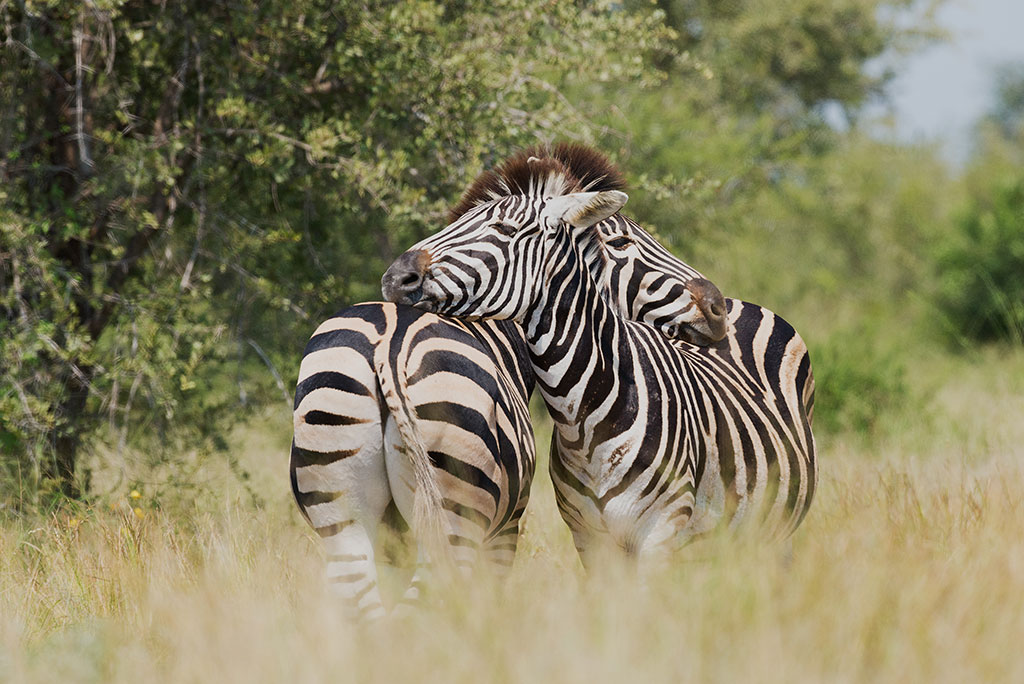
Stretching over 20,000 square kilometres of natural splendour, the Kruger is South Africa’s largest game reserve and is roughly the same size as Wales. With over 1,600 lions roaming the bush, 13,000 elephants cooling off at watering holes, 37,000 buffalo grazing and 4,400 crocodiles sunning themselves on riverbanks, no two game drives are ever the same.
Also watch: Kruger visitor exits car to video lions
While the Kruger is the renowned home to the Big Five, there are many lesser-known animals that are just as interesting to observe in their natural habitat. Next time you’re in Kruger, keep a careful eye out for the Little Five: leopard tortoise, rhino beetle, elephant shrew, ant lion, and the red-billed buffalo weaver. And for the avid twitcher, there are over 500 species of birds can be spotted during game drives.
4. Unrivalled plant life
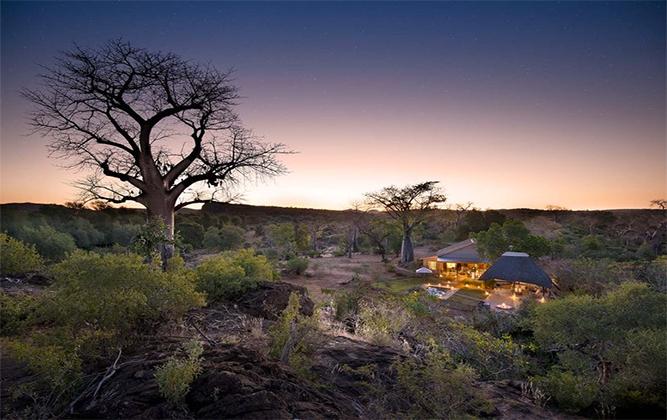
The natural wonders of the Kruger’s flora abound. There are 16 ecosystems within the Kruger’s borders which are home to almost 2000 different plant species, including over 220 grasses and over 330 indigenous tree species. One of the most well-known of the numerous tree species found in the Kruger is the iconic baobab tree. Able to live for as long as 3000 years, these unique trees are most prolific in the central and northern Kruger, but you can visit Africa’s southernmost naturally occurring baobab tree 25km from Satara.
5. Get to know your heritage
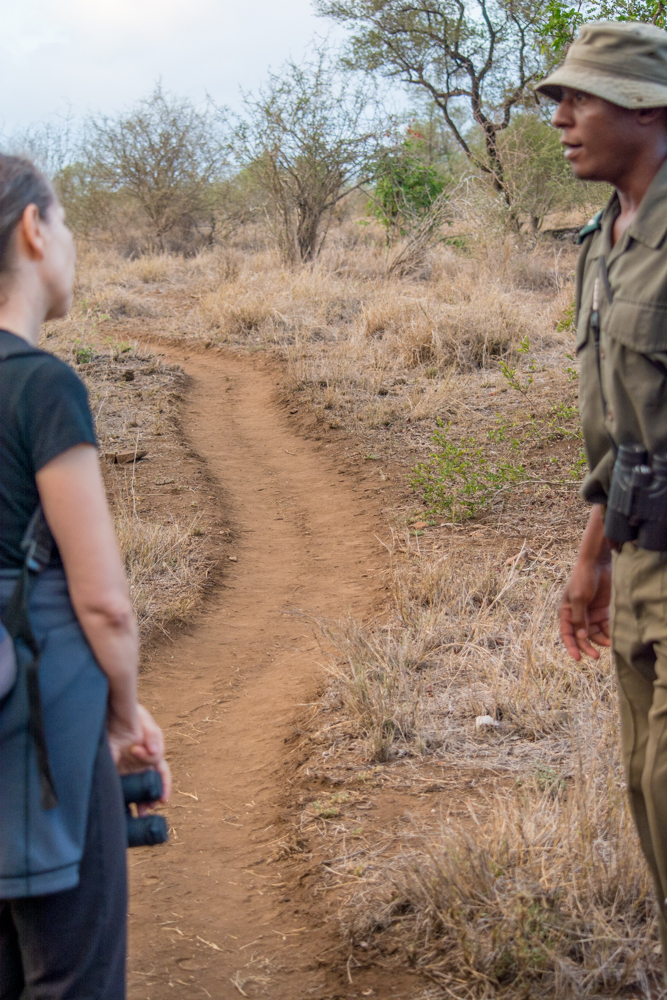
Photo by Melanie van Zyl.
The Kruger Park safeguards over 250 known cultural heritage sites, including ancient iron age sites and spectacular rock art. Three of these sites are open to the public and offer a glimpse into the lives of our forefathers:
– Masorini is a late Iron Age site which was inhabited by the Sotho speaking BaPhalaborwa 200 years ago. The clay furnaces and huts at the site have been reconstructed and house a museum and picnic site.
– The Albasini Ruins are the remains of a 19th-century trading post, established by Portuguese trader and later Vice-consul, Joao Albasini. This has long been considered the first European settlement in the Lowveld.
– The 500-year-old Thulamela is linked to the Zimbabwean culture started at Mapungubwe. The Shona-speaking Lembethu who lived at Thulamela believed in a mystical relationship between their leader and the land, and that their leader’s ancestors would intercede on their behalf.
Whether it’s your first or 21st trip to the Kruger National Park, the natural beauty of South Africa’s largest reserve is sure to make it a memorable holiday.
Also read: Kruger calling: an 8-day road trip

